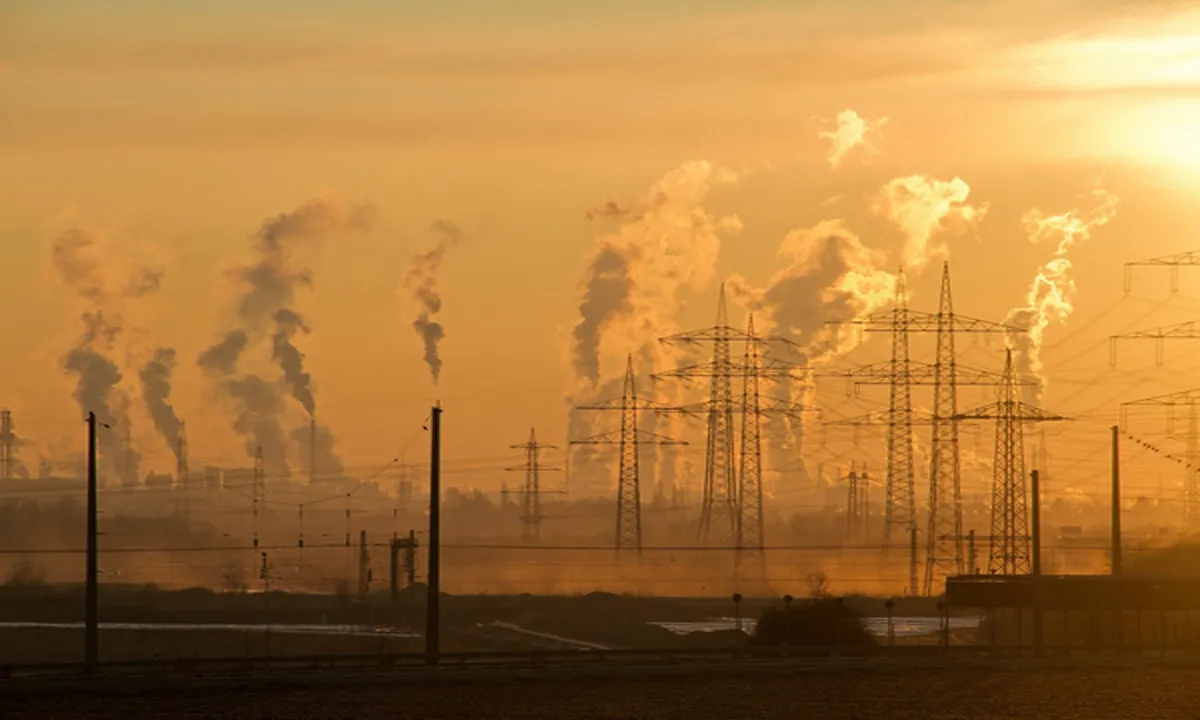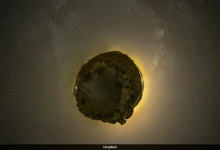Scientists worried about humanity’s impact on the Moon

Space Scientists concerned about the impact of humans on the Moon have declared a new geological epoch for Earth’s satellite. According to space.com, the age where humans began to alter the world in unprecedented ways has been named “Lunar Anthropocene”. The naming has been done by a team of researchers at University of Kansas who pointed out that more than 100 spacecraft have gone to the Moon in the last 60 years and it is estimated that humans have left around 226,800 kg of waste on its surface.
The details about the Moon age has been published in a comment piece in Nature Geoscience.
The proposed Moon age is similar to Earth’s Anthropocene when human activity started impacting our planet. This includes hunting species to extinction, pumping greenhouse gases into the air, illuminating a once-dark night with electric lights and cutting down trees to make room for highways.
This new nomenclature for the Moon also stems from the same fears, scientists are aware that no humans permanently live there.
“On the moon, we argue the Lunar Anthropocene already has commenced, but we want to prevent massive damage or a delay of its recognition,” Justin Holcomb, an archaeologist at the Kansas Geological Survey, said in a statement.
This comes amid fears that forthcoming missions may create drastic changes on the Moon. Humans are planning to send a number of missions to the Moon hoping to exploit its resources and set up base for going to other planets deep in space.
As per Newsweek, scientists estimate that Lunar Anthropocene began in 1959 when erstwhile Soviet Union’s unmanned spacecraft Luna 2 touched down on the lunar surface, marking the beginning of the era of lunar exploration.
Among the most prominent missions to land on the Moon was NASA’s Apollo Lunar modules, including the Apollo 11 mission. On board was Neil Armstrong who became the first person to set foot on the Moon on July 21, 1969.
“Future missions must consider mitigating deleterious effects on lunar environments,” the authors said.
“There have been at least six accidental crashes into the lunar surface since 2019 – these will only increase as the new space race heats up and they pose a real risk to space heritage sites,” said Mr Holcomb.
















